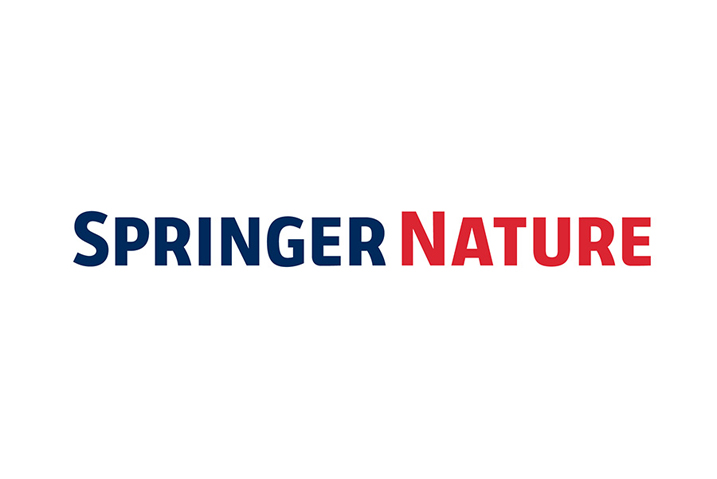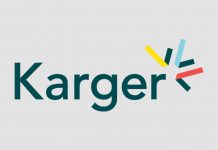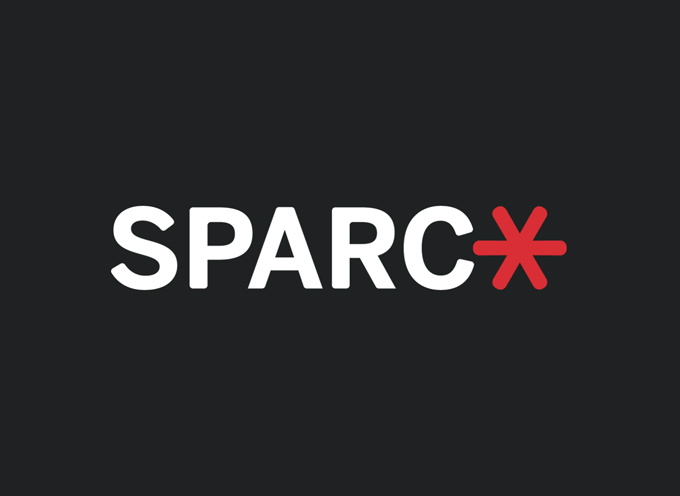
The Nature Index 2016 Rising Stars supplement identifies the countries and institutions showing the most significant growth in high-quality research publications, using the power of the Nature Index, which tracks the research of more than 8,000 global institutions. These are the players to watch.
It shows that Chinese institutions are leading the world in rapidly increasing high-quality research outputs. 40 of the top 100 most improved institutions across the globe are from this scientific powerhouse, with 24 of those showing growth above 50% since 2012. The United States – which remains the largest contributor to high-quality scientific papers overall – is second, with 11 entrants into the top 100 despite many starting from a high base. Nine institutions feature from the United Kingdom, and eight from Germany.
The top 100 most improved institutions in the index between 2012 and 2015 are ranked by the increase in their contribution to 68 high-quality journals. (See ‘About the Nature Index’ for full definitions of measures.)
The global top 10 most improved institutions is occupied by academic heavyweights such as the Chinese Academy of Sciences (first) – having seen its output of high-quality papers increase by more than any other institution – and the University of Oxford, UK (tenth). Nine Chinese institutions in total occupy the top 10 positions, including Peking University (second), Nanjing University (third) and the University of Science and Technology of China (fourth).
From this top 100, the supplement profiles 25 rising stars that are already making their mark, and have the potential to shine in coming decades. Some have climbed sharply up the index’s global rankings, while others had the highest growth in output in their country. These emergent players have increased their performance considerably, often without the same longevity, reputation and resources of more well-established research strongholds.
South Korea’s new Institute for Basic Science (11th) increased its contribution to high-quality journals by more than 4,000% in four years. The King Abdullah University of Science and Technology (KAUST) – a key part of Saudi Arabia’s strategy to reduce its dependence on oil and develop a knowledge-led economy – is placed 19th. Nanyang Technological University, Singapore, takes the final place in the top 20 as a result of its strength in chemistry and recent investment in sustainability and environmental research.
In a global top 100 almost entirely made up of universities, the U.S. Geological Survey and the National Aeronautics and Space Administration (NASA) are notable exceptions, placed 79th and 92nd respectively.
David Swinbanks, Founder of the Nature Index, said: “With four years of data already behind it, the Nature Index is an increasingly powerful tool to assess research performance. By identifying these rising stars, we’re given an insight into which new emerging institutions are likely to play a role in addressing some of the globe’s most pressing challenges. Providing researchers and institutions with this data, through the index’s freely accessible website, is another example of how Nature Research is working to meet the scientific community’s needs.”
More information about the Nature Index is available at natureindex.com.



























